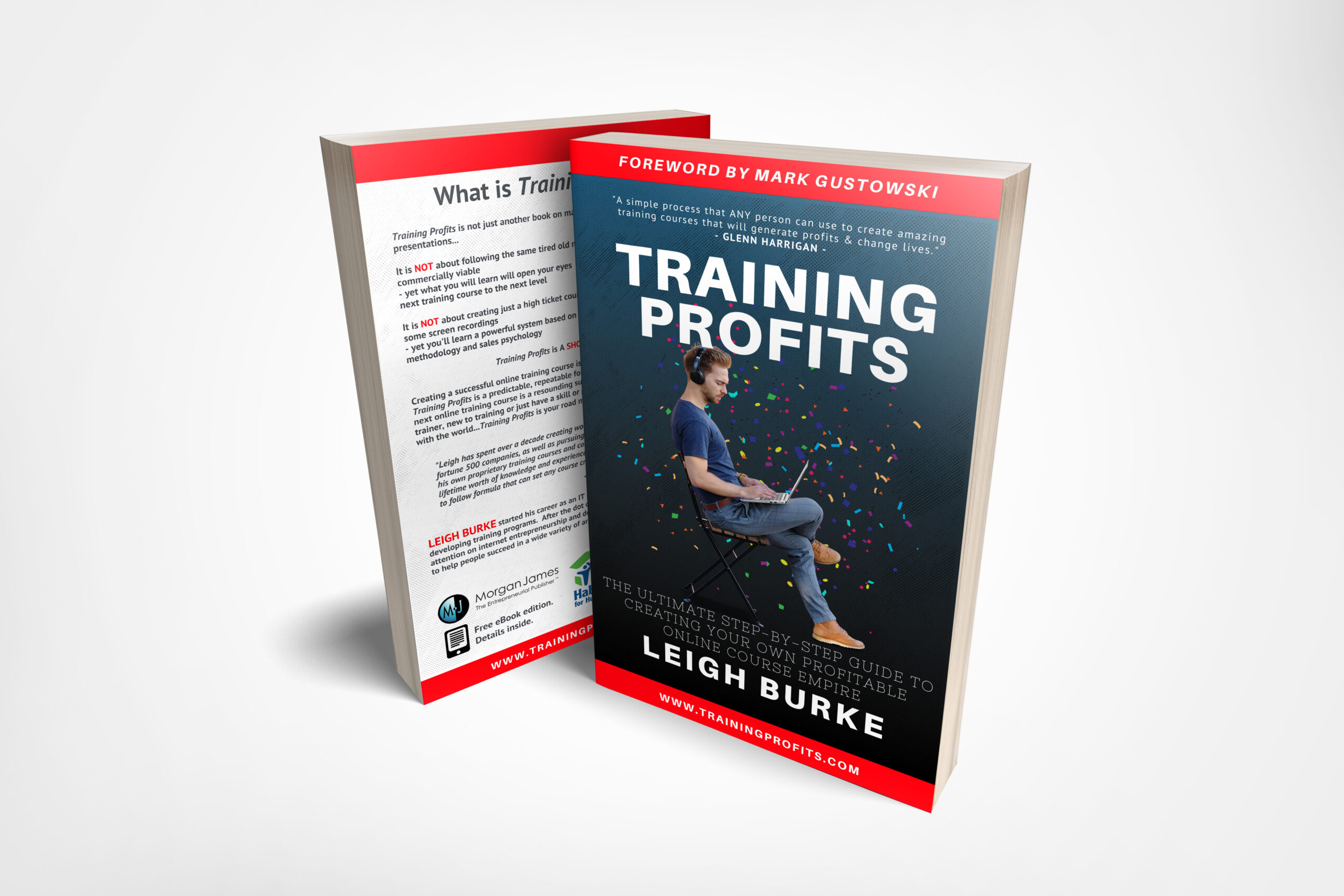Contents
Introduction
Are you interested in creating a course that meets all your needs as an instructor while providing valuable
knowledge to your audience? Look no further! This step-by-step guide will walk you through the process of
creating your perfect course. Whether you are an experienced instructor or new to teaching, these tips will
assist you in developing a course that engages and educates your students effectively.
Key Takeaways
- Identify your audience and their specific needs.
- Set clear learning objectives before designing your course.
- Create engaging and interactive content.
- Organize your course material in a logical and coherent manner.
- Regularly assess and evaluate your course for improvements.
Step 1: Define Your Course Objectives
The first step in creating your perfect course is to define your course objectives. What do you
want your students to achieve after completing your course? Clearly identify and articulate the desired learning
outcomes. For example, if your course focuses on photography, your objectives could include teaching students how
to capture stunning landscapes, master different camera settings, and edit photos using professional software.
Step 2: Identify Your Target Audience
To ensure your course caters to the specific needs and interests of your students, it is important to
identify your target audience. Are they beginners, intermediate learners, or advanced
professionals? Knowing your audience will help you tailor your content and teaching style accordingly.
Key Takeaway:
- Understanding your audience allows you to create relevant and impactful content.
Step 3: Develop Engaging Content
Now that you have a clear understanding of your objectives and audience, it’s time to develop engaging
content. Incorporate various instructional strategies such as videos, quizzes, interactive
presentations, and real-life examples to keep your students actively involved and motivated to learn.
Step 4: Organize Course Material
To create a structured and coherent learning experience, organize your course material into
modules or sections. This makes it easier for students to navigate and follow along. Arrange the content in a
logical progression, starting with the basics and gradually moving towards more advanced topics.
Step 5: Regularly Assess and Improve
Course evaluation and improvement are essential for delivering a high-quality learning experience. Regularly
assess and evaluate your course based on student feedback, learning outcomes, and your own
observations. Make adjustments and improvements as necessary to enhance the educational value of your course.
Frequently Asked Questions
Q: How long should a course be?
A: The ideal course length depends on the complexity of the subject matter and the preferences of your target audience. Aim for a duration that allows for comprehensive coverage of the material without overwhelming your students.
Q: How can I engage my students throughout the course?
A: Engage your students by using a variety of interactive activities, such as quizzes, discussions, and practical assignments. Incorporating multimedia elements, such as videos and interactive presentations, can also enhance student engagement.
For more detailed guidelines and tips on creating the perfect course, visit our Training Guide.

